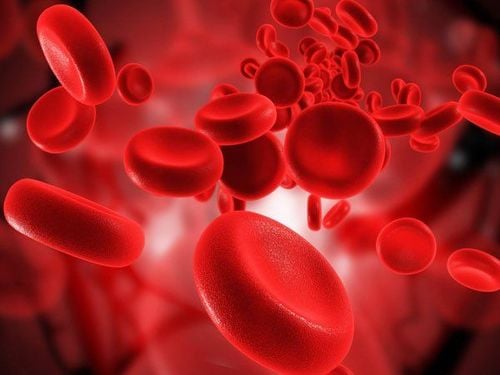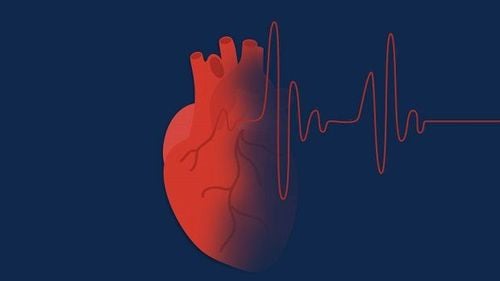This is an automatically translated article.
The article is professionally consulted by Master, Doctor Trinh Thi Phuong Nga - Radiologist - Department of Diagnostic Imaging and Nuclear Medicine, Vinmec Times City International Hospital.Bone cancer is a dangerous disease with the risk of disability or even death. Early and accurate diagnosis of bone cancer will help detect and treat the disease promptly and effectively. So, how to diagnose bone cancer by medical techniques?
1. What is bone cancer?
Bone Cancer is a disease that occurs when a tumor or abnormal mass of tissue forms in the bone. Tumors can arise from any bone in the body. However, the long bones such as the tibia, femur, humerus or flat bones such as the pelvis, shoulder blades, ribs or the body of the vertebrae... are often the places where signs of bone cancer are detected. more than.Bone cancer is divided into: Primary bone cancer and secondary bone cancer. Primary bone cancer is a condition in which cancer cells (malignancies) form directly from bone cells. Secondary bone cancer is a condition in which cancer cells from other organs migrate to the bone and form a malignant tumor in the bone.
Symptoms of bone cancer can include:
Early stage: Pain in limbs, bones feel pain, movement is weaker; Tumor progression: The feeling of bone pain increases gradually and continuously, pain spreads to nearby areas; swollen bone pain site; unexplained weight loss; feeling tired all the time, which may be accompanied by a low-grade fever; fragile bones; A hard, solid lymph node mass is palpable in the long bones of the extremities. If experiencing one or more of the above symptoms, the patient should see a doctor so that the doctor can perform medical techniques to accurately diagnose and promptly detect the tumor.
2. Medical techniques to diagnose bone cancer
When a patient experiences symptoms of bone cancer and visits a doctor, the doctor will make a diagnosis based on the clinical examination and medical techniques including:Blood tests: The doctor obtains the results of phosphatase levels. alkalinity (ALP) and lactate dehydrogenase (LDH) levels - the basis for determining cancer risk. However, in some cases, elevated alkaline phosphatase levels are not caused by cancer but by the growing baby's bones or the healing of broken joints. In that case, additional techniques should be performed to confirm the diagnosis; X-ray: The simplest method to diagnose bone cancer. X-rays showing the original location of the malignancy in the bones or places where the cancer has spread on the body; Computed tomography (CT scan) and magnetic resonance imaging (MRI): After an X-ray, if you want to more accurately assess the patient's condition, the doctor may order the patient to have a CT or MRI scan. The bone image is displayed more clearly. In addition, this technique also helps the doctor assess the stage and other associated lesions.

Currently, Vinmec International General Hospital has been and continues to be fully equipped with modern diagnostic facilities such as: PET/CT, SPECT/CT, MRI... biology, immunohistochemistry, genetic testing, molecular biology testing, as well as a full range of targeted drugs, the most advanced immunotherapy drugs in cancer treatment. Multimodal cancer treatment from surgery, radiation therapy, chemotherapy, hematopoietic stem cell transplantation, targeted therapy, immunotherapy in cancer treatment, new treatments such as autoimmunotherapy body, heat therapy...
After having an accurate diagnosis of the disease and stage, the patient will be consulted to choose the most appropriate and effective treatment methods. The treatment process is always closely coordinated with many specialties to bring the highest efficiency and comfort to the patient. After undergoing the treatment phase, the patient will also be monitored and re-examined to determine whether the treatment is effective or not.
Especially, now to improve service quality, Vinmec also deploys many cancer screening packages that can help customers detect cancer early before there are no symptoms, bringing a better prognosis. treatment and a high chance of recovery.
Please dial HOTLINE for more information or register for an appointment HERE. Download MyVinmec app to make appointments faster and to manage your bookings easily.














